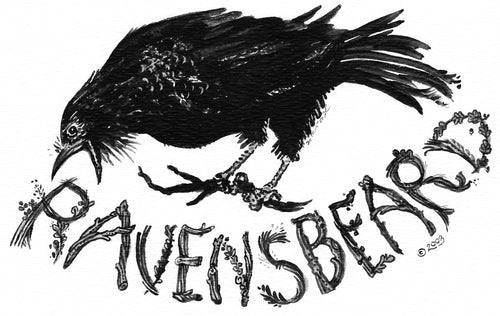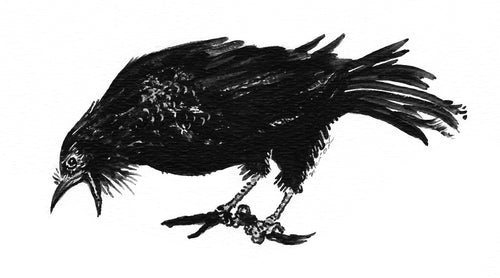Over a decade ago, a bird nest was found in an extruded pipe inside a tractor trailer in the town of Catskill. As the vehicle came to a stop on the tarmac of the truck bay, out popped four American Kestrel chicks. Three of them quickly escaped, scurrying under the fence, but one of them did not run and was captured. It was a male one-year hatchling and could not fly. The chick was brought to Ravensbeard.
The chick was fed well and grew. Soon, it came time for him to join the other kestrels to migrate south for the winter (to Florida or even to Central America), but before he could, he broke off all his tail feathers in its enclosure. He had to be overwintered at Ravensbeard. When it came time to migrate again the following year, his tail feathers were not completely in at the time and ended up missing the event again. The third time around, the result was effectively the same. It was speculated that this bird may have been a double clutch hatchling. By this time, forcing the bird to migrate was no longer an option so a decision was made to adopt him as an educational bird.
And a good educational bird he was as long as you did not interrupt his feeding to do a demonstration. Otherwise, he would screech his displeasure at you and drown out any opportunity to introduce the bird. Normally, a wild kestrel will show a healthy dose of fear of people, but since this one was imprinted, he showed little fear so had no qualms trying to bite Ellen’s hand he was unhappy. That explains the name T-Rex that was given to him.

T-Rex has been reliable and one of the main attractions at Ravensbeard’s educational presentations, along with Hudson, the barred owl, and serves as a solid wildlife ambassador.
About five years ago, a man was walking a dog in February when they came across a screeching kestrel on top of a snow bank. The man scooped up the bird and placed it carefully in his coat pocket. When he got home, he placed it in a bird cage and brought it to Ravensbeard the next day. The poor bird was starving, and its keel, the place on the sternum that the flight muscles attach to, was bony. There was barely any tail or wing feathers on him. Maybe he was being kept as a pet illegally and he had escaped or was let go. He did not have jesses (a kind of leash) on his legs so it is hard to know for sure.
It took 9 months for all his feathers to grow back. The bird was an old male, and he had cataracts in one eye, possibly from an old injury. He was given the name Peanut. Peanut is very reserved and not comfortable with people. Initially, T-Rex and Peanut shared an enclosure, but T-Rex was observed stealing food from Peanut so they had to be separated. Given that they are both male and their temperaments are so different, it was a better arrangement. Life expectancy of kestrels are two to five years in the wild, and 15-17 years in captivity. Peanut can be seen at Ravensbeard and is expected to live out his life there.
The American Kestrel is North America's smallest falcon. The male kestrel has beautiful blue-gray wings, and rufous (deep reddish-brown colored) tails with one wide, black band and a white tip. Both male and female have a white face with two distinctive black facial stripes (one underneath the eyes), and false "eye spots" on the back of the head. They hunt during the day so the black stripes under their eyes reduce sun glare (similar purpose as eye black used by football players). They are usually seen in open fields where they hunt for small rodents, insects, and songbirds. They can hover, locate a prey and dive down after it. They use their tooth beak to sever the spinal cord of animals they catch or use the notch on their beaks to hold onto small insects and eat on the go. They are small but fierce predators.
American Kestrel populations have significantly declined in the Hudson Valley and throughout the Northeast over the last 50 years, with a 14% decrease in breeding detection between the first two New York State Breeding Bird Atlases (a statewide inventory of all the birds breeding in the state, occurs every 20 years in New York). This decline is attributed to the loss of open grassland habitat and suitable nesting sites due to development, agricultural changes, and reforestation. Potential impacts of pesticides on insect populations may be reducing the availability of the insects and small rodents that kestrels primarily eat as well.

